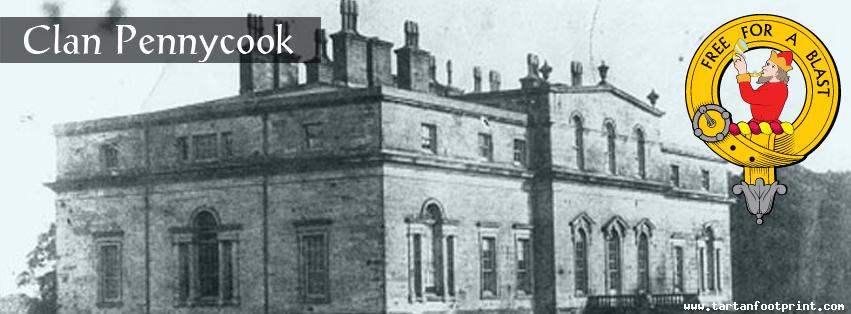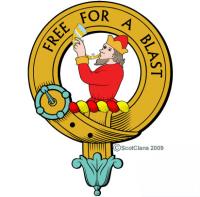
Clan Pennycook
Pennycook, also seen as Penicuik, Pennecuik, Pennycuik, Pennycuick. The name is of territorial origin, taken from the barony of Penicuik in Midlothian.
William de Penycook is the first person of this name to have been recorded. During the reign of Alexander II, William was one of a number of people appointed to fix the extent of the lands of Lethenhop. Not long after this reference, a Sir David de Penicoke was recorded.
In 1250, a charter of the lands of Inuerpefir was witnessed by David de Penikok.
Huwe de Penicoke and Margaret de Penicoke, both from the Edinburgh area, signed the Ragman Roll in 1296, rendering homage to England's Edward I. The seal of the former bears a griffin passant to dexter, saying S' Hvgonis de Penekoi.
William of Creichtoune was granted the lands of Burnistoun and Welchetoun in 1373, from his cousin David de Penycuke, dominus ejusdem.
In 1418, John de Penykuke, a scutifer, is recorded, as was, in 1463, Alexander de Penycuyk, a master of arts and perpetual curate of Kilconquhar church in Fife.
George de Pennicuk appears frequently in records (under a number of different spellings including Pennycuk, Penikuke, and Penycuk) dating between 1467 and 1473. George was bailie and burgess of Edinburgh during this time.
The lands and barony of Penicuik was sold off by the family in 1604. However, it is not known how long they were in their possession since the ancient charters of the Pennycuiks have been missing, unfortunately, for a very long time.




